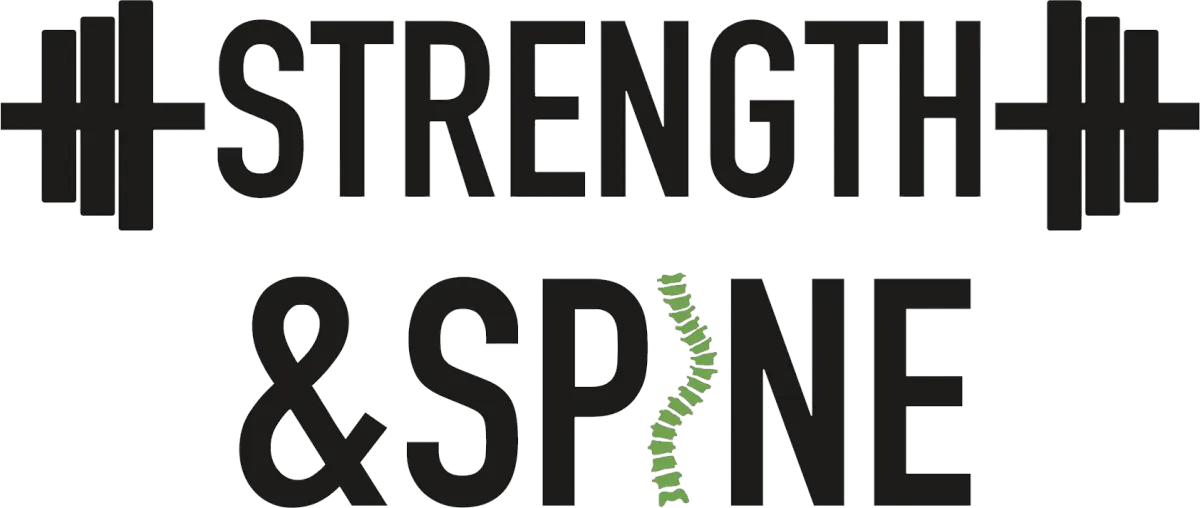Check Out The Latest Blog Posts To Learn More

Managing Degenerative Disc Disease in Scoliosis Patients: Exercises for Relief
Managing Degenerative Disc Disease in Scoliosis Patients: Exercises for Relief
Scoliosis, an abnormal sideways curvature of the spine, often coexists with degenerative disc disease (DDD), a condition where the intervertebral discs lose hydration and elasticity leading to pain and reduced mobility. The interaction between these two spinal conditions poses unique challenges for patients, but understanding how exercise can mitigate the effects of DDD is a crucial step toward managing this complex interplay.
The Juxtaposition of Scoliosis and Degenerative Disc Disease
Scoliosis, a common musculoskeletal disorder, is characterized by an abnormal lateral curvature of the spine, often accompanied by rotational changes of the vertebrae and discs. Meanwhile, DDD is a progressive, degenerative condition that affects the spinal discs, leading to pain and decreased functionality. When these conditions coexist, complex biomechanical changes occur within the spine, which can impact a patient's quality of life.
The association of these two conditions is not entirely incidental. Scoliosis, specifically adult-onset degenerative scoliosis, can exacerbate the degenerative process within the spinal discs due to the uneven mechanical stress it imposes. This can lead to accelerated disc degeneration, thereby intensifying DDD symptoms. Conversely, DDD can contribute to the development or worsening of scoliotic curves by altering the mechanical alignment of the spine or by causing vertebral body changes.
Unpacking Exercise as a Therapeutic Approach
Exercise, when appropriately prescribed and performed, can be a powerful tool in managing the symptoms of DDD and scoliosis. For DDD, exercises can help maintain the health of the discs by facilitating the exchange of fluids in the intervertebral spaces. Engaging in regular physical activity can also ensure that the spinal discs receive essential nutrients, as they lack a direct blood supply and rely on movement for nutrition.
Exercises for DDD typically focus on improving the strength and flexibility of the muscles that support the spine. This includes the core muscles, which play a critical role in spinal stabilization. For scoliosis, the goal of exercise is to prevent the curve from worsening and to alleviate pain by improving the posture and strength of the muscles that support the spine's atypical shape.
Tailoring Exercise Regimens for Individual Needs
While exercise can bolster the resilience of the spine and ease the discomfort associated with DDD and scoliosis, it is not a one-size-fits-all solution. Each patient's regimen must be tailored to their specific condition, taking into account the severity of their scoliotic curvature, the extent of disc degeneration, and other individual factors.
Some patients may benefit from low-impact activities such as swimming, which can improve cardiovascular health without putting excessive strain on the spine. Others might find relief through the practice of yoga or pilates, which emphasize controlled movements and postural alignment. Still, others may need to focus on targeted strength training for the muscles that maintain spinal alignment.
Tools and Techniques for Pain Relief
Exercise programs for DDD and scoliosis often employ special tools and techniques aimed at enhancing the benefits of physical activity while minimizing discomfort. In some cases, the use of assistive devices like bracing or ergonomic supports can help patients maintain proper spinal alignment during exercise. Techniques such as myofascial release and therapeutic massage can provide additional relief by addressing muscle tightness and imbalances that contribute to pain.
Additionally, professionals who specialize in functional fitness or physical therapy can guide patients through tailored exercise regimens that take into account the specific needs and limitations imposed by DDD and scoliosis.
Here are some examples of exercises we've found to work well with our clients who have scoliosis and DDD.
Seated Reach on a Stability Ball (featured in our Stretching with Scoliosis Course)
Can also be performed on a chair - to help elongate the spine and open space for the discs. Perform 10-15 second holds x 3 times.
Paloff Press (featured in our Core Control with Scoliosis Course)
Working on abdominal stability and strength
Heel Taps (featured in our Core Control with Scoliosis Course)
For abdominal Stability and Strength
The Critical Role of Patient Education
An essential aspect of any exercise program for managing DDD and scoliosis is patient education. It is crucial for patients to understand the rationale behind their prescribed exercises and the proper techniques for executing them. They should also be informed about the warning signs that they are overexerting themselves and the importance of pacing their workouts to avoid injury or exacerbating their conditions.
Education empowers patients to take an active role in their treatment, helping them to recognize the benefits of exercise and to integrate these practices into their daily routines.
Leveraging Exercises for Preventive Care
In addition to managing symptoms, exercises can serve as a form of preventive care for patients with DDD and scoliosis. By strengthening the muscles that support the spine and improving flexibility, patients can reduce the likelihood of injuries and slow the progression of degeneration in their spinal discs.
Preventive exercises can be particularly beneficial for individuals who have undergone spinal fusion surgery or for those who have a high genetic predisposition to these conditions. Regular physical activity can help maintain the function and longevity of the spinal segments unaffected by the degenerative process.
Reaping the Rewards of Consistency and Patience
The benefits of exercise for managing DDD and scoliosis are not instantaneous. They are the result of consistent effort and a patient's ability to adhere to their prescribed regimen. Over time, regular physical activity can lead to a reduction in pain, improved functionality, and a better quality of life. Patience is key, as progress may be slow and incremental, but the long-term rewards are well worth the dedication.
For individuals battling the dual challenge of scoliosis and DDD, a comprehensive approach that includes targeted exercises can make a significant difference in how they experience and live with their conditions.
In conclusion, the relationship between DDD and scoliosis is a complex one that presents unique challenges for both patients and healthcare providers. Introducing an exercise regimen into the management of these conditions can help alleviate pain, enhance spinal function, and improve overall well-being. By tailoring exercise programs to individual needs, engaging in regular physical activity, and maintaining open communication with healthcare professionals, patients can find relief and hope in their continued management of these spinal disorders.
WE ARE
Strong with Scoliosis
Start today on an exercise program that helps you become empowered, strong, and confident in your scoliosis curve.
FIND US
Strength and Spine
Online Sessions and Coaching
We work with clients all over the world
*Please contact us for in-person appointments*

